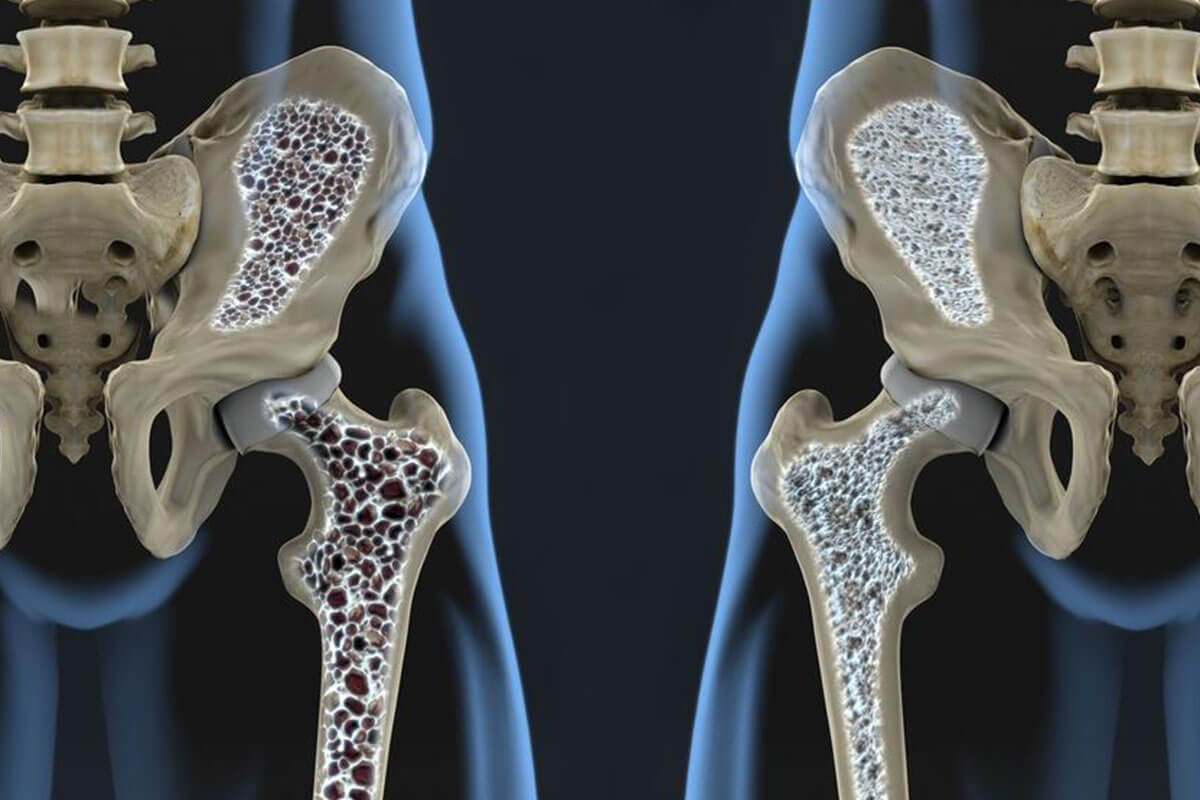Understanding Osteoporosis: Causes, Symptoms, and Management Strategies
Osteoporosis is a silent yet progressive bone disease marked by decreased density and increased fracture risk. Factors like low calcium intake, inactivity, genetics, and lifestyle habits contribute to its development. Early detection through regular screening, combined with lifestyle changes and medical treatments, can significantly reduce complications. Promoting awareness, healthy nutrition, weight-bearing exercises, and avoiding harmful habits are key to managing bone health effectively. Always consult healthcare providers for personalized diagnosis and treatment to prevent fractures and enhance quality of life.

Understanding Osteoporosis: Causes, Symptoms, and Management Strategies
Osteoporosis is a condition characterized by weakened bones that are more prone to fractures. It often develops silently without noticeable symptoms initially, but as it progresses, individuals may experience pain, stiffness, and reduced mobility. This condition can result from factors like low calcium intake, physical inactivity, genetic predisposition, early menopause, smoking, alcohol abuse, and certain medications such as corticosteroids. If untreated, osteoporosis can lead to significant disability and fractures. Management includes lifestyle modifications, medications, and sometimes surgical interventions to improve bone strength and prevent fractures.
Preventative measures include maintaining a balanced diet rich in calcium and vitamin D, regular exercise, avoiding smoking and excessive alcohol consumption. In more severe cases, treatments like steroids or joint replacement surgeries might be necessary. Regular screening and early intervention are crucial for maintaining bone health and reducing fracture risk. Consult healthcare professionals for personalized advice and screening if you're at risk of osteoporosis.










